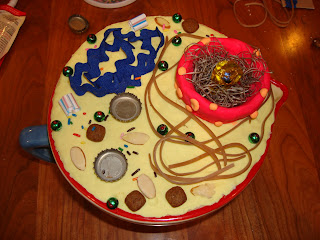

 These are a few of the quizzes taken online from the various weblinks for practice. I AcEd them!
These are a few of the quizzes taken online from the various weblinks for practice. I AcEd them!HEY YA'LL!!!!
 The graph and the table above and below is where I only tested women and men whose blood pressure WAS compromised by one or more of the following: alcohol consumption, obesity, lack of exercise, a history of hypertension, or a salty diet!
The graph and the table above and below is where I only tested women and men whose blood pressure WAS compromised by one or more of the following: alcohol consumption, obesity, lack of exercise, a history of hypertension, or a salty diet!
 The graph and the table above and below is where I only tested women and men whose blood pressure WAS NOT compromised by one or more of the following: alcohol consumption, obesity, lack of exercise, a history of hypertension, or a salty diet!
The graph and the table above and below is where I only tested women and men whose blood pressure WAS NOT compromised by one or more of the following: alcohol consumption, obesity, lack of exercise, a history of hypertension, or a salty diet!

What you can see above are the blood pressures from both the men and the women that were involved in each experiment. In this experiment we tested 10 women and 10 men from each age group (5 in all ranging from 11 to 54)and asked them these questions: Do you consume alcohol, do you have a salty diet, do you exercise regularly, and do you have a history of hypertension? It is broken down on the graph and table by men and women separate, diastolic and systolic, and on the graph it is indicated by colored lines and made easy to read.
Self Evaluation
1. What were the three aspects of the assignments I've submitted that I am most proud of?
I am proud of the genetics part of my assignment. I think that is probably because I really enjoyed learning about that aspect of the human body. Matching the dragons and punnet squares.
2. What two aspects of my submitted assignments do I believe could have used some improvement?
I think I could have done better on DNA and RNA segment part of the cell model.
3. What do I believe my overall grade should be for this unit?
I think my overall grade for this unit should be an A. I think I put in the time and energy that was required and then some. I think this is a very demanding course and I persevered.
4. How could I perform better in the next unit?
Test better on the quizzes and not ask so many questions…haha.
At what moment during this unit did you feel most engaged with the course?
During the cell unit and the model building.
At what moment unit did you feel most distanced from the course?
During the blog set up and learning of all the techniques of how to copy and paste photos and all the technicalities.
What action that anyone (teacher or student) took during this unit that find most affirming and helpful?
That the teacher seemed to be available for any of my hair brained questions.
What action that anyone (teacher or student) took during this unit did you find most puzzling or confusing?
None.
What about this unit surprised you the most? (This could be something about your own reactions to the course, something that someone did, or anything else that occurs to you.)
The importance and ultimately everything that the cell does for the body. It is absolutely amazing!


Nesting material for the chromatin
Icing for the polysomes
scooper for the whole to put the nucleus
Rubber bands for the endoplasmic reticulum
Rubber bands with beads for the rough endoplasmic reticbulum
Small bowl for the nucleus
Blue Ric Rak for the golgi complex
Bottle caps for the lysosomes
Straw for the centrioles
Almond slices for the mitochondrion
Green beads for the ribosomes
Dog treats for the food vacuoles
Sprinkles for the microtubules
Plastic ring for the nucleolus
Twisted ribbon with designs on them for the flagella
 All of this is occuring inside the nucleus of the cell. The tRNA is bringing back and forth to the mRNA amino acids to help in binding.
All of this is occuring inside the nucleus of the cell. The tRNA is bringing back and forth to the mRNA amino acids to help in binding.





